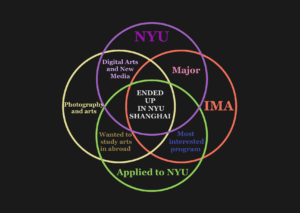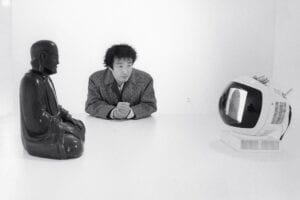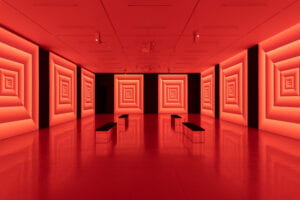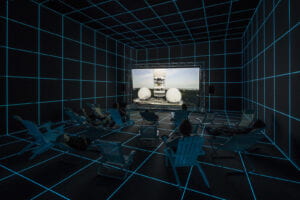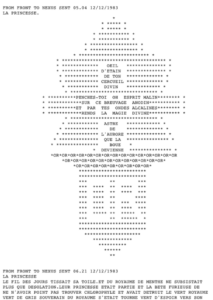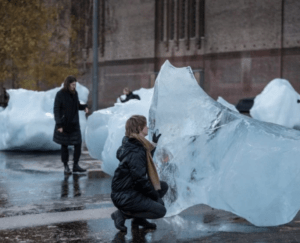The words that explore “time”:
- Series of time : Infinite narrative of stories happening in one episode
- Multiverse: Multiple paths during the storytelling process of the passage.
- Delusory: Yu Tsun and Albert were in a secret multiform of other dimensions of time, which was delusive.
—
My story is how I got into NYU Shanghai and why:
It all started with one picture I took on my phone and that was when my small interest towards photography got enlarged. From taking pictures of the city and landscapes to staged portraits, I became more and more attracted to the art of photography and was given my first ever digital camera by my uncle as a compliment, which later made me decide to follow up my dream of becoming a talented photographer and filmmaker. To study this field more thoroughly, I decided to go abroad and chose NYU as my university and IMA as my major to deepen my knowledge about arts in general. And got welcomed by the NYU Shanghai community, I am now here chasing my goal.
